Articles
Explore the projects we’ve participated in to find great examples of applied biomimicry
Articles
Explore the projects we’ve participated in to find great examples of applied biomimicry.
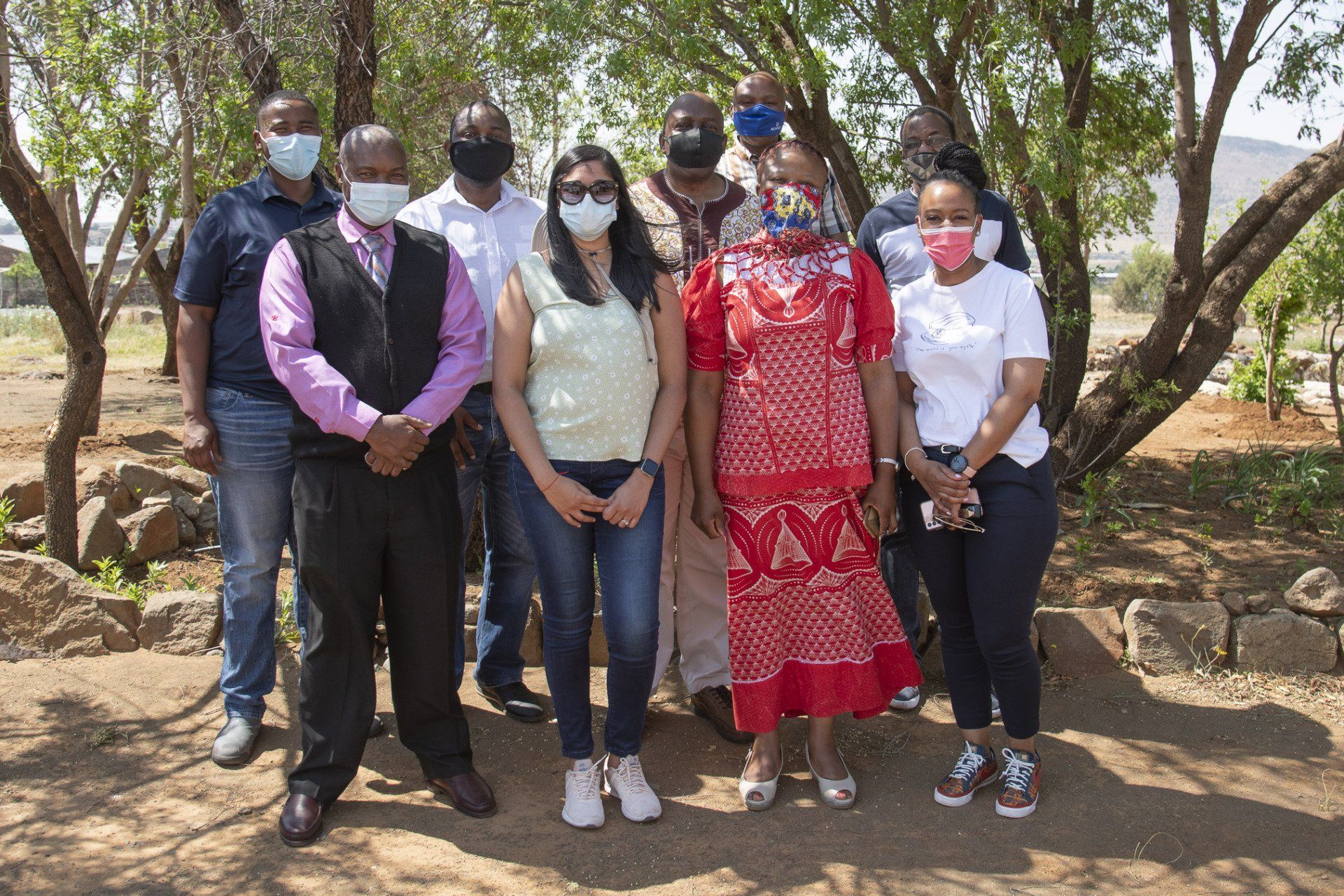
01 Jul, 2022
BiomimcrySA undertook a joint study with UNDP South Africa to unearth innovative and sustainable socio-economic opportunities by applying the concepts of biomimicry and design thinking : The study was conducted in four communities in South Africa where UNDP and the Council for Scientific and Industrial Research are presently rolling out low-cost internet through Television White Space Technology. The study ran in parallel with the internet release project to promote environmental sustainability in the 4th Industrial Revolution (4IR) as solutions/products associated with the 4IR often have adverse effects on the environment (consider the toxicity of e-waste or inefficient energy consumption). Biomimicry is a practice that learns from the strategies found in nature to solve human design challenges. Many aspects of 4IR already incorporate biomimicry - artificial Intelligence copies human intelligence; drones are based on nature's animals of flight; the Internet of Things (IoT) and sensors draw inspiration from human senses and its connectivity through the central nervous system. The knowledge product showcases how local communities in Mpophomeni (KwaZulu-Natal), Mdantsane (Eastern Cape), Ocean View (Western Cape), and Botshabelo (Free State) employed biomimicry and design thinking methodologies to uncover new socio-economic opportunities that are environmentally friendly, socially sustainable and regenerative - addressing many of the Sustainable Development Goals. Visit the Online Platform and Knowledge Product:
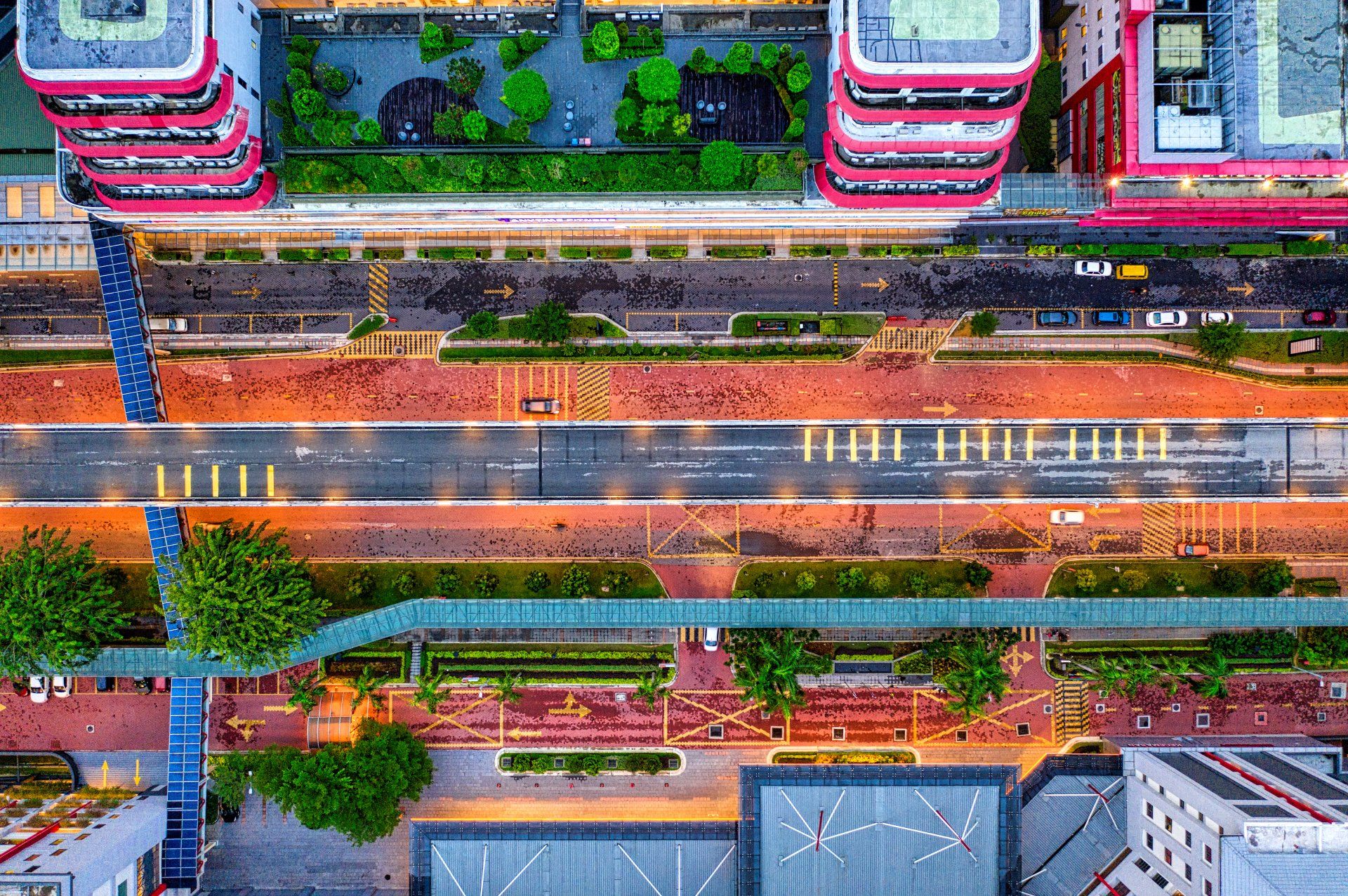
20 Mar, 2021
Biomimicry Centers For Regenerative Living : Our Biomimicry Centers for Regenerative Living are experiential living laboratories for a biomimicry approach to regenerative and resilient living. The Challenge: In essence they aim to demonstrate practical ways of living according to biomimicry Life’s Principles - from home to community and beyond. These demonstration centres are based in the KZN Midlands and Mpumalanga as a practical design response for how individuals in cooperative communities can innovate towards self-organising, self-sufficient, localised, diverse, regenerative and resilient systems for: homes, agriculture, infrastructure (water, energy, materials, etc.), learning (schooling/unschooling), health and wellbeing, organisations, economies, and so much more. The centre serves to “connect all the dots” of regenerative living, emphasising how they work together as part of a larger “ecosystem”. The centre hosts a combination of workshops (experiential how-to and practical demonstration), live-in experiences (regenerative farm stays), educational processes, information sharing (online), and more. We also host sponsored open-innovation biomimicry design challenges with practical applications at the centers.
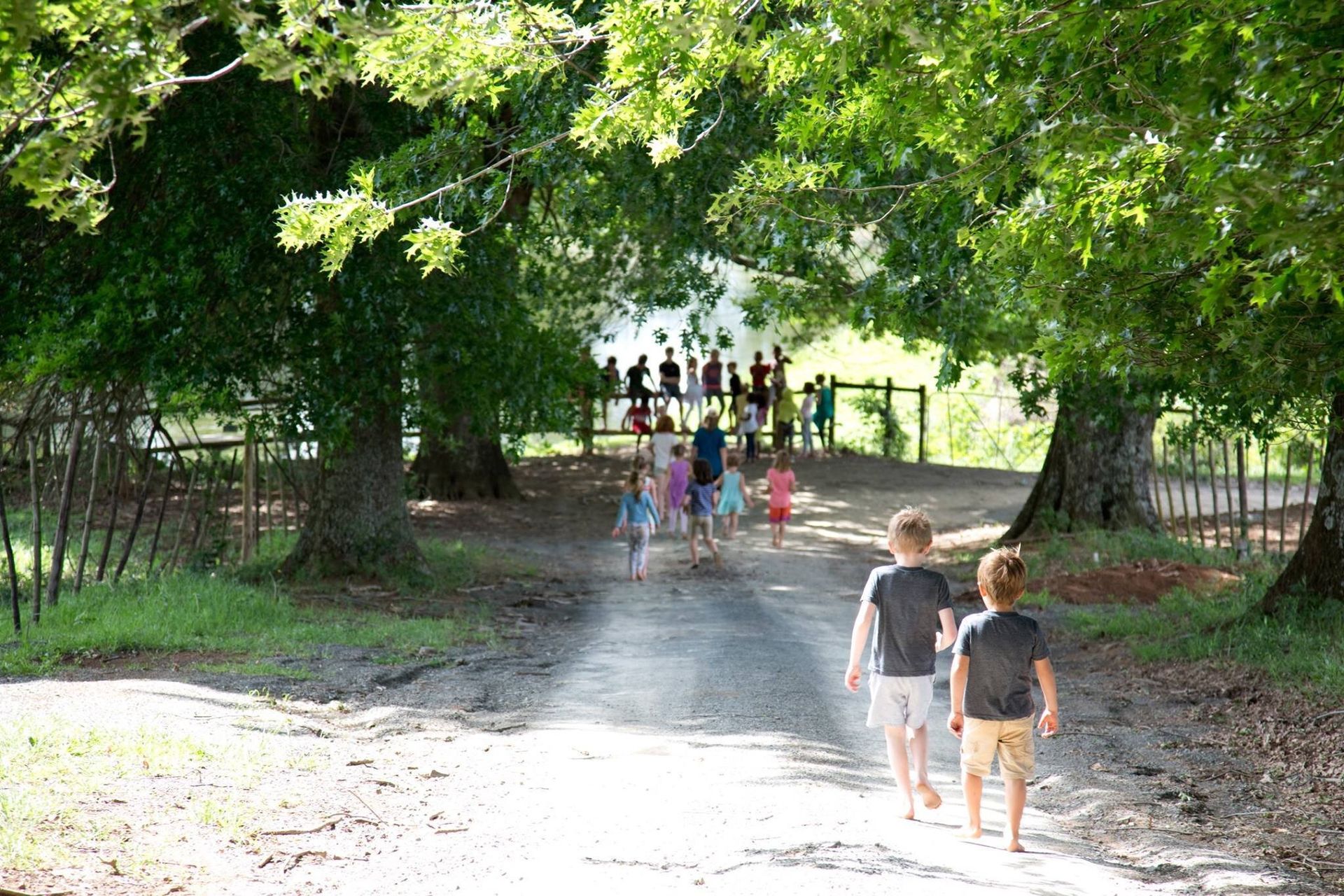
20 Mar, 2021
Misty Meadows - Creating A Learning Ecosystem For Children : Misty Meadows School is an approach to education that draws from the principles of Biomimicry. The core idea is to enable natural self-directed learning by providing children with a highly-stimulating, continuously-evolving learning ecosystem. The aim is to support children to be their unique selves, whilst enabling them to develop the creative, intellectual, social and emotional skills to survive and thrive in the 21st Century. The school is based at the BiomimicrySA Centre for Regenerative Living in the KZN Midlands. There is a deep intention that connection with nature is a vital part of the learning ecosystem and it includes a rich diversity of natural ecosystems including old-growth forests, grasslands and wetlands; as well as wide range of natural farming activities. The school buildings also integrate sacred geometry inspiring a connection of nature’s fractal patterns within and without. Misty Meadows School provides a group of children with the best possible conditions in which they can learn and grow. It is not prescriptive about exactly what and how children learn, but provides them with access to a rich diversity of curiosity catalysts, perspectives, experiences, learning resources, support, guidance, encouragement and opportunities for collaboration with their peers in a beautiful physical environment. This is what is called "an enabling learning ecosystem". Just as all seeds have the capacity to become beautiful flowers, but only those that receive sufficient sunlight, water and nutrients actually do, so do all children have the capacity to thrive, but they need the most enabling learning conditions to do so. Because each child needs something different from their learning ecosystem, the aim is not to build a school in the traditional sense of the word – with a fixed curriculum and focused on fixed results. Children need to customize their learning experience as they go along, so instead of focusing on what the school will teach children, the focus is on how the school will function, so that each child can customize their learning experience. This is how natural ecosystems operate. The school’s operating principles are a pattern to follow so that children can customize their learning outcomes. In addition to the biomimicry approach to how children learn and thrive, biomimicry itself is offered as a curiosity catalyst. The Centre for Regenerative Living enables the children to explore and experience the kind of practical skills needed for humans and nature to thrive together.
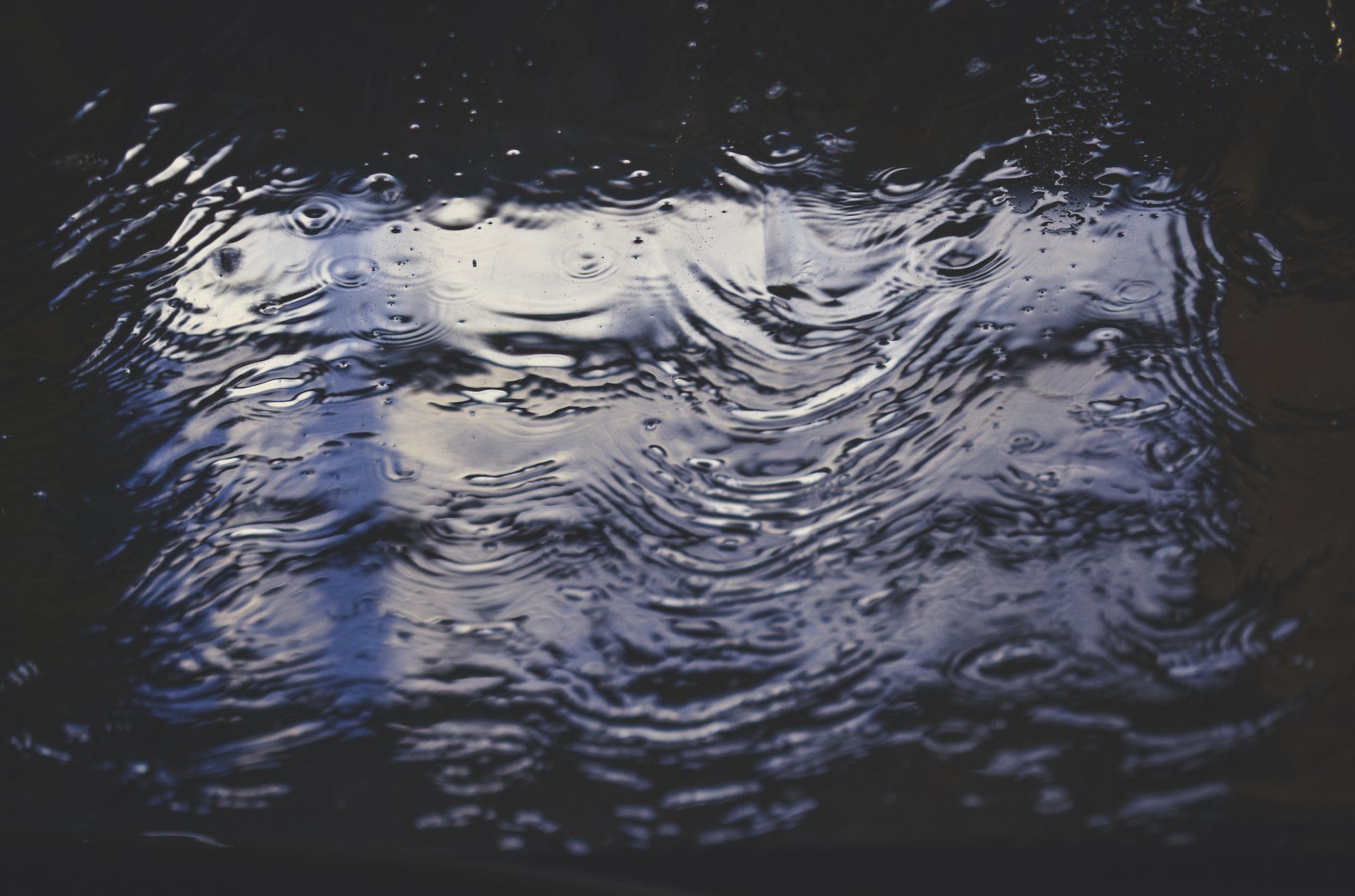
20 Mar, 2021
A Biomimicry Approach To Infrastructure (Wastewater Treatment and Waste Management In Informal Settlements) : The Genius of SPACE Project is building innovative water and waste treatment solutions in Langrug – an informal settlement in the Western Cape, South Africa. The project uses Biomimicry principles to clean up the grey water, storm water, and solid waste challenges that the community face. These low tech, easily maintained solutions will help to address the key challenges faced by this community such as health and well being. The project includes water treatment and waste upcycling for restoration of the health of the community and the Berg River. One of the 110% Green initiatives of the Western Cape Government. A finalist in the European Green Tech Awards in 2015. BiomimicrySA is working together with John Todd Ecological Designs to design and implement the innovative solution to the wastewater challenge. The larger team also includes In/formal South, Isidima, Maluti Water, WaterLove Projects, Greenhouse Systems Development and CORC.

20 Mar, 2021
Durban Urban Planning Resilience Framework - Applying Ecological Performance Standards To Cities : Developing a Resilience Framework to Inform Urban Planning and Design in the Northern Spatial Development Plan Area, eThekwini Municipality. A well adapted ecological urban system meets it’s functional needs within it’s context. Durban's context has shifted from one with plenty of available nutrients, energy and water to one with limits and boundaries that can no longer be ignored. Business-as-usual development can only happen within the context of abundant resources and supply of services. The context has shifted to one with significant constraints on energy, water and waste related services and on critical ecosystem services. Clients: Tongaat Hullet Developments, Dube Trade Port and eThekwini Municipality's Environmental Planning and Climate Protection Department. A well adapted ecological urban system meets it’s functional needs within it’s context. Durban's context has shifted from one with plenty of available nutrients, energy and water to one with limits and boundaries that can no longer be ignored. Business-as-usual development can only happen within the context of abundant resources and supply of services. The context has shifted to one with significant constraints on energy, water and waste related services and on critical ecosystem services. The developments in the Durban Northern Planning Region are planned to function as a catalyst for economic growth and job creation. However, demands for growth are hitting up against the walls of supply of critical services. Therefore business-as-usual or development-as-usual is no longer feasible as there are too many risks and associated costs. The challenges associated with developing the Durban Northern Planning region need radically different thinking around resource efficiency, resilience and sustainability. Resilience is about reducing risk. Resilient and wise planning demands a shift in strategy.

20 Mar, 2021
Recreating Urban Abundance in Hout Bay : Our team was involved in an Informal South project which involved a co-creative process to identify opportunities for restoring the health of Hout Bay in Cape Town with a focus on the Disa River catchment area. We walked the Disa River catchment area together with local residents, scoped the critical challenges along the river. We identified opportunities for how nature's genius could inform the restoration of nature and the community. There are many opportunities for biomimicry in complex systems. The opportunities for this Hout Bay project are as diverse as biodiverse ecosystems themselves. In addition to these three levels of applying biomimicry, there are also three alternative options for biomimicry interventions for any design challenge: Biomimicry Technologies, Methodology and/or Thinking. This initial scoping review of opportunities is now part of a larger proposal for raising funds to implement some of the ideas generated.
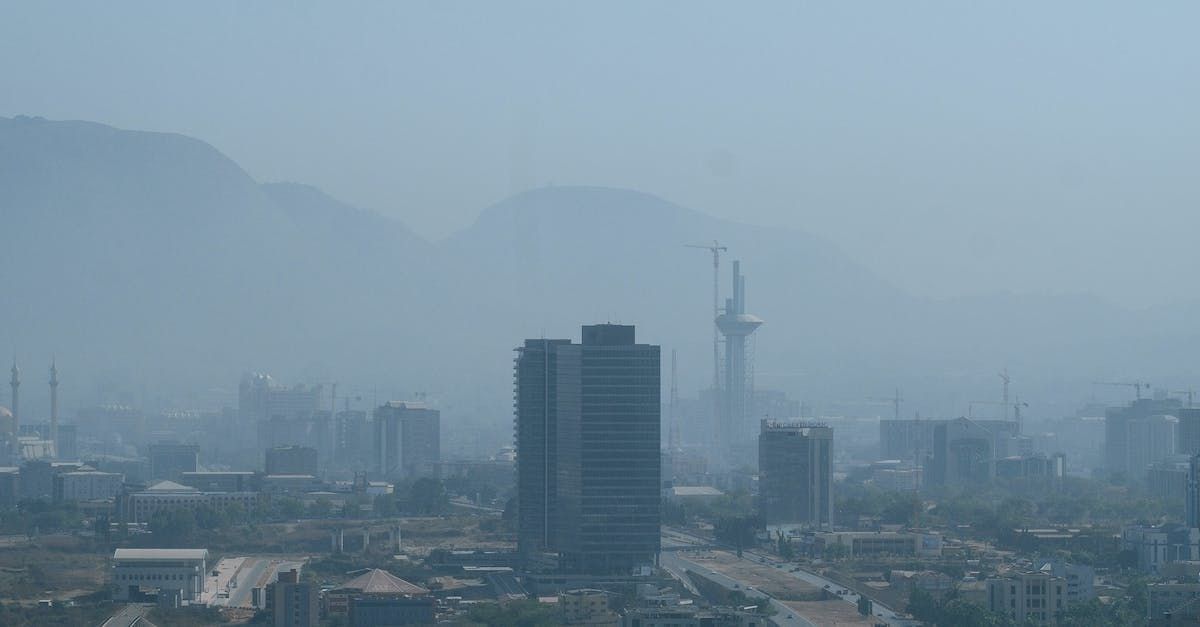
20 Mar, 2021
Abuja City Design : Biomimicry Principles Applied to Design of a New City in Nigeria. Design Challenge: How do we create an abundant and flourishing city in Abuja, that functions like a mature ecosystem by creating a circular metabolism, weblike food chains, a high diversity of species, adaptive decentralised infrastructure; focused on creating cooperative relationships and underpinned by good quality feedback loops of information? Our team participated in biomimicry processes for this concept design. The resulting concept design is a blueprint for designing cities that function like ecosystems and meet many of Biomimicry Life's Principles.
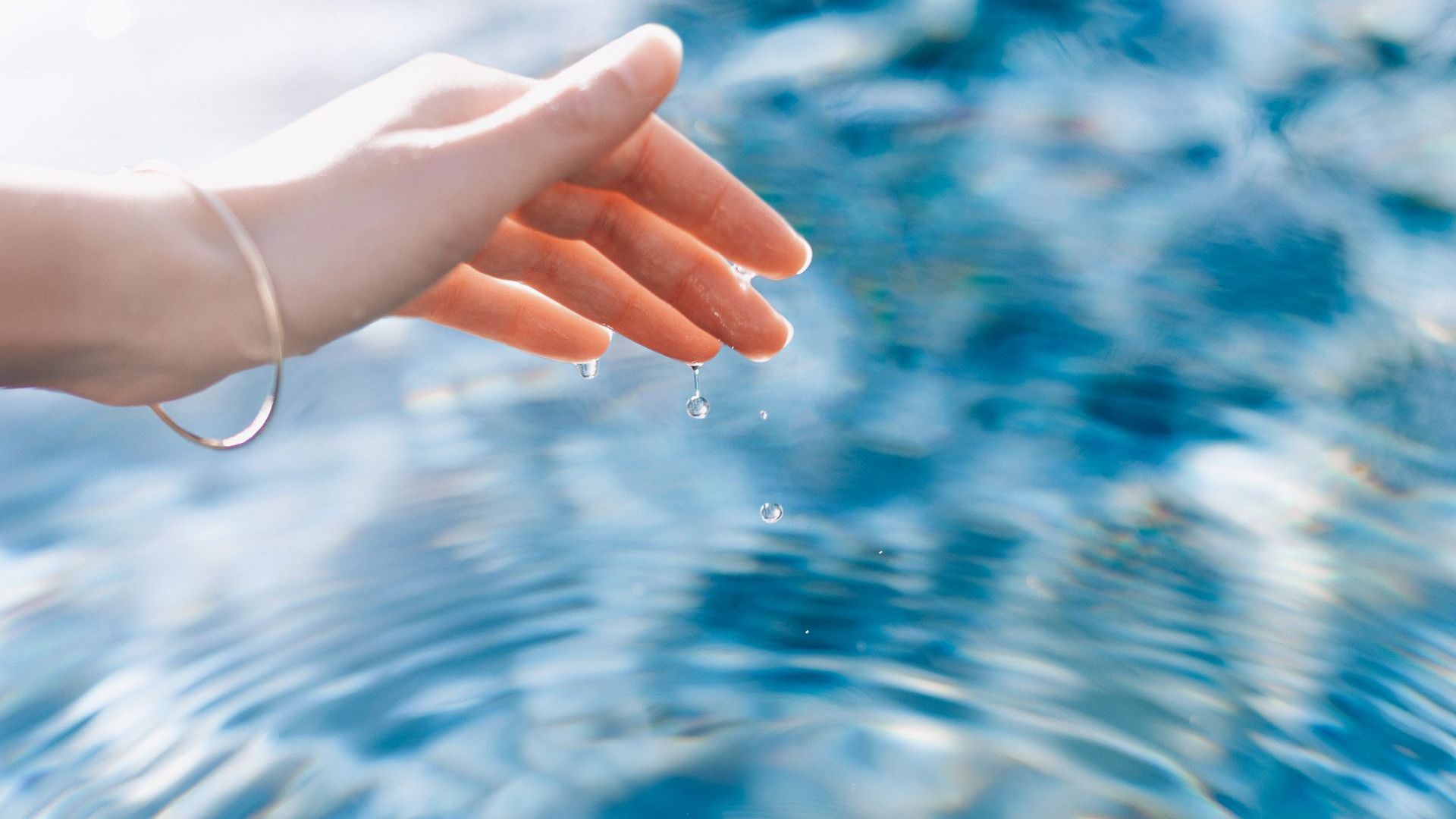
20 Mar, 2021
Biomimicry Water Tool : This project is part of the larger project "Water Treatment" also in our list of projects - funded by the Water Research Commission and lead by Golder Associates with BiomimicrySA providing the biomimicry expertise on the team, and in collaboration with CPUT. This project looks to exploit knowledge on how nature cleans water. Solutions evolving from the biomimicry methodology can significantly contribute to wastewater treatment, managing storm water runoff, mitigating effects of erosion and contaminated runoff, greening the community and improved health. The Biomimicry Water Tool that has been developed as part of this project is considered a useful tool that will be the future reference for Biomimicry research and development, including innovation for addressing challenges in the water sector in a sustainable manner. Consider the tool a kind of digital biomimicry textbook around the function of "how does nature purify water." The tool is arranged around the areas of interest to water treatment engineers, water managers, water researchers etc. For each example there is an explanation of potential innovation, the design principle, the original biology and references. Where applicable, existing biomimicry is also included.

20 Mar, 2021
Biomimicry Water Treatment : This project is funded by the Water Research Commission and lead by Golder Associates with biomimicrySA providing the biomimicry expertise on the team. This project looks to exploit knowledge on how nature cleans water, to better engineer constructed wetlands to meet the challenges of current and emerging pollutants and pathogens. The core project team consists of engineers and scientists with experience in various sectors. The project began in April 2011 and continues into 2016. Aims of the project include: to review current knowledge of natural wetlands and natural water treatment processing, applying the biomimicry methodology to develop innovative concepts to design biomimetic water treatment systems. In addition the project provides funding for postgraduate research into biomimicry wastewater treatment concepts. The project currently funds 5 postgraduates - two at Wits University researching biomimicry options for acid mine drainage and two from the University of Stellenbosch researching critical wastewater treatment components of the Langrug informal settlement wastewater treatment systems.
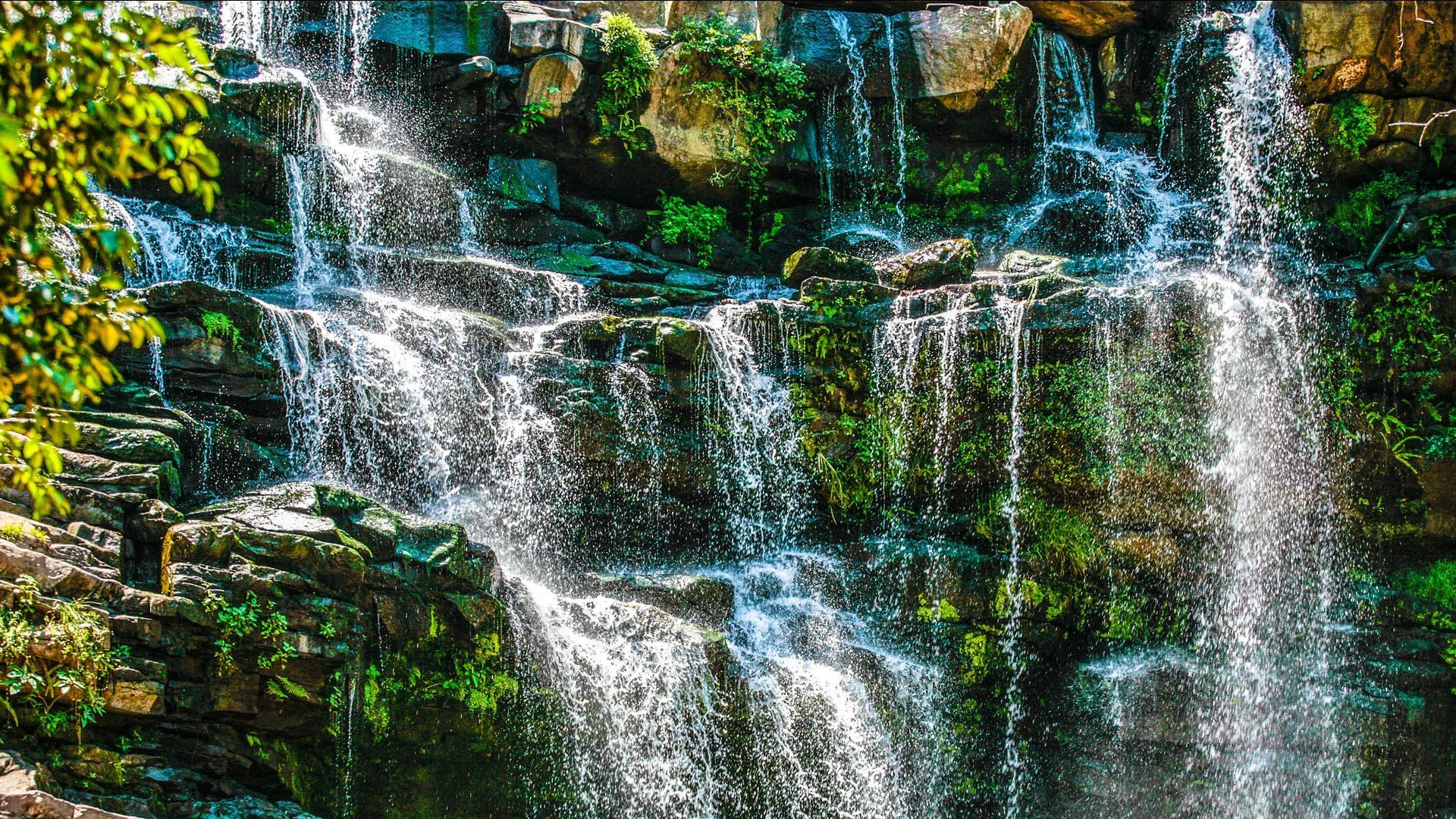
20 Mar, 2021
Plankenberg River Restorer : Through Wildlands Conservation Trust and funding from a German funding agency, we initiated a project for the design of a river restoration system for the Plankenbrug river in the Western Cape. We connected John Todd Ecological Design and Isidima to take this project forward from design to implementation of a prototype. The pilot project is currently under development. The Water Research Commission is funding postgraduate research related to this project.
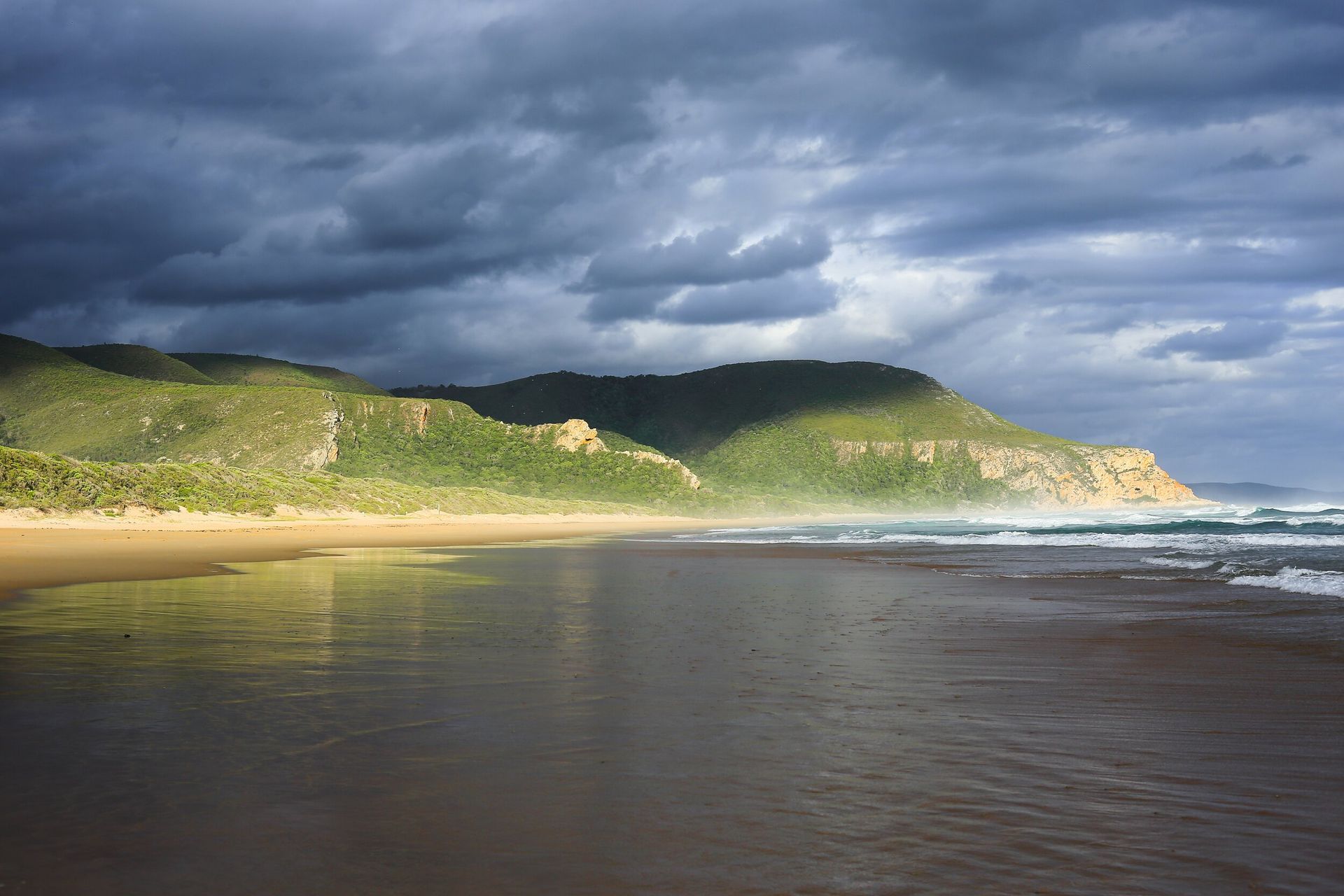
01 Jun, 2016
Regenerative Blue Economy Growth Models : The term the Blue Economy is used for both an economy based on ocean related activities and an approach to a green economy that is based on innovation and cascading resources for greater benefit than single use, including the elimination of waste and pollution. It’s actually essential to apply the latter to ocean related economic activities, based on the current depleted state of our ocean and estuary ecosystems, and hence their capacity as a resource. This three-year project 2016-2019 was sponsored by the Water Research Commission. The results of this project include: Sustainable Economic Models: The key contribution of this project is the development of a bespoke Cost/Benefit Analysis (CBA) economic modelling tool as a way of assessing the wider human benefit of oceans economy development scenarios – one that factors in ecological, social and long-term impacts, rather than only short-term benefits that focus on GDP alone. The economic modelling tool was developed as a generic tool, tested for a potential project in the Knysna Estuary, and further tested using the proposed uThukela Banks MPA as case study. The essential focus of the economic modelling processes is to compare restorative model scenarios with business-as-usual linear economy scenarios, and to calculate relative socio-economic and environmental benefits from an economic perspective. The purpose is to inform decision makers of the implications of different development decisions. Initial results indicate that regenerative models have significantly greater benefits (3-6 times greater for human benefit in some cases) compared to business-as-usual options. The model shows that by investing in a more circular economy, there are substantial positive gains to be made.

01 Jul, 2022
BiomimcrySA undertook a joint study with UNDP South Africa to unearth innovative and sustainable socio-economic opportunities by applying the concepts of biomimicry and design thinking : The study was conducted in four communities in South Africa where UNDP and the Council for Scientific and Industrial Research are presently rolling out low-cost internet through Television White Space Technology. The study ran in parallel with the internet release project to promote environmental sustainability in the 4th Industrial Revolution (4IR) as solutions/products associated with the 4IR often have adverse effects on the environment (consider the toxicity of e-waste or inefficient energy consumption). Biomimicry is a practice that learns from the strategies found in nature to solve human design challenges. Many aspects of 4IR already incorporate biomimicry - artificial Intelligence copies human intelligence; drones are based on nature's animals of flight; the Internet of Things (IoT) and sensors draw inspiration from human senses and its connectivity through the central nervous system. The knowledge product showcases how local communities in Mpophomeni (KwaZulu-Natal), Mdantsane (Eastern Cape), Ocean View (Western Cape), and Botshabelo (Free State) employed biomimicry and design thinking methodologies to uncover new socio-economic opportunities that are environmentally friendly, socially sustainable and regenerative - addressing many of the Sustainable Development Goals. Visit the Online Platform and Knowledge Product:

20 Mar, 2021
Biomimicry Centers For Regenerative Living : Our Biomimicry Centers for Regenerative Living are experiential living laboratories for a biomimicry approach to regenerative and resilient living. The Challenge: In essence they aim to demonstrate practical ways of living according to biomimicry Life’s Principles - from home to community and beyond. These demonstration centres are based in the KZN Midlands and Mpumalanga as a practical design response for how individuals in cooperative communities can innovate towards self-organising, self-sufficient, localised, diverse, regenerative and resilient systems for: homes, agriculture, infrastructure (water, energy, materials, etc.), learning (schooling/unschooling), health and wellbeing, organisations, economies, and so much more. The centre serves to “connect all the dots” of regenerative living, emphasising how they work together as part of a larger “ecosystem”. The centre hosts a combination of workshops (experiential how-to and practical demonstration), live-in experiences (regenerative farm stays), educational processes, information sharing (online), and more. We also host sponsored open-innovation biomimicry design challenges with practical applications at the centers.

20 Mar, 2021
Misty Meadows - Creating A Learning Ecosystem For Children : Misty Meadows School is an approach to education that draws from the principles of Biomimicry. The core idea is to enable natural self-directed learning by providing children with a highly-stimulating, continuously-evolving learning ecosystem. The aim is to support children to be their unique selves, whilst enabling them to develop the creative, intellectual, social and emotional skills to survive and thrive in the 21st Century. The school is based at the BiomimicrySA Centre for Regenerative Living in the KZN Midlands. There is a deep intention that connection with nature is a vital part of the learning ecosystem and it includes a rich diversity of natural ecosystems including old-growth forests, grasslands and wetlands; as well as wide range of natural farming activities. The school buildings also integrate sacred geometry inspiring a connection of nature’s fractal patterns within and without. Misty Meadows School provides a group of children with the best possible conditions in which they can learn and grow. It is not prescriptive about exactly what and how children learn, but provides them with access to a rich diversity of curiosity catalysts, perspectives, experiences, learning resources, support, guidance, encouragement and opportunities for collaboration with their peers in a beautiful physical environment. This is what is called "an enabling learning ecosystem". Just as all seeds have the capacity to become beautiful flowers, but only those that receive sufficient sunlight, water and nutrients actually do, so do all children have the capacity to thrive, but they need the most enabling learning conditions to do so. Because each child needs something different from their learning ecosystem, the aim is not to build a school in the traditional sense of the word – with a fixed curriculum and focused on fixed results. Children need to customize their learning experience as they go along, so instead of focusing on what the school will teach children, the focus is on how the school will function, so that each child can customize their learning experience. This is how natural ecosystems operate. The school’s operating principles are a pattern to follow so that children can customize their learning outcomes. In addition to the biomimicry approach to how children learn and thrive, biomimicry itself is offered as a curiosity catalyst. The Centre for Regenerative Living enables the children to explore and experience the kind of practical skills needed for humans and nature to thrive together.

20 Mar, 2021
A Biomimicry Approach To Infrastructure (Wastewater Treatment and Waste Management In Informal Settlements) : The Genius of SPACE Project is building innovative water and waste treatment solutions in Langrug – an informal settlement in the Western Cape, South Africa. The project uses Biomimicry principles to clean up the grey water, storm water, and solid waste challenges that the community face. These low tech, easily maintained solutions will help to address the key challenges faced by this community such as health and well being. The project includes water treatment and waste upcycling for restoration of the health of the community and the Berg River. One of the 110% Green initiatives of the Western Cape Government. A finalist in the European Green Tech Awards in 2015. BiomimicrySA is working together with John Todd Ecological Designs to design and implement the innovative solution to the wastewater challenge. The larger team also includes In/formal South, Isidima, Maluti Water, WaterLove Projects, Greenhouse Systems Development and CORC.

20 Mar, 2021
Durban Urban Planning Resilience Framework - Applying Ecological Performance Standards To Cities : Developing a Resilience Framework to Inform Urban Planning and Design in the Northern Spatial Development Plan Area, eThekwini Municipality. A well adapted ecological urban system meets it’s functional needs within it’s context. Durban's context has shifted from one with plenty of available nutrients, energy and water to one with limits and boundaries that can no longer be ignored. Business-as-usual development can only happen within the context of abundant resources and supply of services. The context has shifted to one with significant constraints on energy, water and waste related services and on critical ecosystem services. Clients: Tongaat Hullet Developments, Dube Trade Port and eThekwini Municipality's Environmental Planning and Climate Protection Department. A well adapted ecological urban system meets it’s functional needs within it’s context. Durban's context has shifted from one with plenty of available nutrients, energy and water to one with limits and boundaries that can no longer be ignored. Business-as-usual development can only happen within the context of abundant resources and supply of services. The context has shifted to one with significant constraints on energy, water and waste related services and on critical ecosystem services. The developments in the Durban Northern Planning Region are planned to function as a catalyst for economic growth and job creation. However, demands for growth are hitting up against the walls of supply of critical services. Therefore business-as-usual or development-as-usual is no longer feasible as there are too many risks and associated costs. The challenges associated with developing the Durban Northern Planning region need radically different thinking around resource efficiency, resilience and sustainability. Resilience is about reducing risk. Resilient and wise planning demands a shift in strategy.

20 Mar, 2021
Recreating Urban Abundance in Hout Bay : Our team was involved in an Informal South project which involved a co-creative process to identify opportunities for restoring the health of Hout Bay in Cape Town with a focus on the Disa River catchment area. We walked the Disa River catchment area together with local residents, scoped the critical challenges along the river. We identified opportunities for how nature's genius could inform the restoration of nature and the community. There are many opportunities for biomimicry in complex systems. The opportunities for this Hout Bay project are as diverse as biodiverse ecosystems themselves. In addition to these three levels of applying biomimicry, there are also three alternative options for biomimicry interventions for any design challenge: Biomimicry Technologies, Methodology and/or Thinking. This initial scoping review of opportunities is now part of a larger proposal for raising funds to implement some of the ideas generated.

20 Mar, 2021
Abuja City Design : Biomimicry Principles Applied to Design of a New City in Nigeria. Design Challenge: How do we create an abundant and flourishing city in Abuja, that functions like a mature ecosystem by creating a circular metabolism, weblike food chains, a high diversity of species, adaptive decentralised infrastructure; focused on creating cooperative relationships and underpinned by good quality feedback loops of information? Our team participated in biomimicry processes for this concept design. The resulting concept design is a blueprint for designing cities that function like ecosystems and meet many of Biomimicry Life's Principles.

20 Mar, 2021
Biomimicry Water Tool : This project is part of the larger project "Water Treatment" also in our list of projects - funded by the Water Research Commission and lead by Golder Associates with BiomimicrySA providing the biomimicry expertise on the team, and in collaboration with CPUT. This project looks to exploit knowledge on how nature cleans water. Solutions evolving from the biomimicry methodology can significantly contribute to wastewater treatment, managing storm water runoff, mitigating effects of erosion and contaminated runoff, greening the community and improved health. The Biomimicry Water Tool that has been developed as part of this project is considered a useful tool that will be the future reference for Biomimicry research and development, including innovation for addressing challenges in the water sector in a sustainable manner. Consider the tool a kind of digital biomimicry textbook around the function of "how does nature purify water." The tool is arranged around the areas of interest to water treatment engineers, water managers, water researchers etc. For each example there is an explanation of potential innovation, the design principle, the original biology and references. Where applicable, existing biomimicry is also included.

20 Mar, 2021
Biomimicry Water Treatment : This project is funded by the Water Research Commission and lead by Golder Associates with biomimicrySA providing the biomimicry expertise on the team. This project looks to exploit knowledge on how nature cleans water, to better engineer constructed wetlands to meet the challenges of current and emerging pollutants and pathogens. The core project team consists of engineers and scientists with experience in various sectors. The project began in April 2011 and continues into 2016. Aims of the project include: to review current knowledge of natural wetlands and natural water treatment processing, applying the biomimicry methodology to develop innovative concepts to design biomimetic water treatment systems. In addition the project provides funding for postgraduate research into biomimicry wastewater treatment concepts. The project currently funds 5 postgraduates - two at Wits University researching biomimicry options for acid mine drainage and two from the University of Stellenbosch researching critical wastewater treatment components of the Langrug informal settlement wastewater treatment systems.

20 Mar, 2021
Plankenberg River Restorer : Through Wildlands Conservation Trust and funding from a German funding agency, we initiated a project for the design of a river restoration system for the Plankenbrug river in the Western Cape. We connected John Todd Ecological Design and Isidima to take this project forward from design to implementation of a prototype. The pilot project is currently under development. The Water Research Commission is funding postgraduate research related to this project.

01 Jun, 2016
Regenerative Blue Economy Growth Models : The term the Blue Economy is used for both an economy based on ocean related activities and an approach to a green economy that is based on innovation and cascading resources for greater benefit than single use, including the elimination of waste and pollution. It’s actually essential to apply the latter to ocean related economic activities, based on the current depleted state of our ocean and estuary ecosystems, and hence their capacity as a resource. This three-year project 2016-2019 was sponsored by the Water Research Commission. The results of this project include: Sustainable Economic Models: The key contribution of this project is the development of a bespoke Cost/Benefit Analysis (CBA) economic modelling tool as a way of assessing the wider human benefit of oceans economy development scenarios – one that factors in ecological, social and long-term impacts, rather than only short-term benefits that focus on GDP alone. The economic modelling tool was developed as a generic tool, tested for a potential project in the Knysna Estuary, and further tested using the proposed uThukela Banks MPA as case study. The essential focus of the economic modelling processes is to compare restorative model scenarios with business-as-usual linear economy scenarios, and to calculate relative socio-economic and environmental benefits from an economic perspective. The purpose is to inform decision makers of the implications of different development decisions. Initial results indicate that regenerative models have significantly greater benefits (3-6 times greater for human benefit in some cases) compared to business-as-usual options. The model shows that by investing in a more circular economy, there are substantial positive gains to be made.

